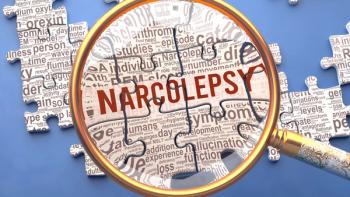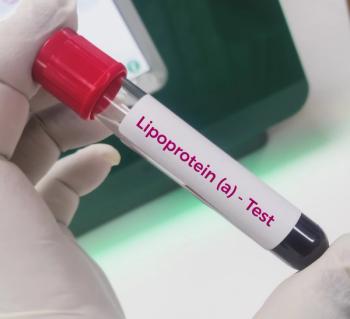
Drug Diversion Remains Problem, But Who Is to Blame?
A new survey shows that while many healthcare executives recognize drug diversion as a problem, few admit to it happening in their organization.
Drug diversion in U.S. hospitals is an underreported contributor to the opioid epidemic, according to a new report.
Hospital drug diversion, when a healthcare worker “diverts” opiates or other controlled substances away from patients for personal use or sale, remains a significant challenge that is largely underdiscussed. Left undetected, diversion can lead to patient safety issues, harm to the diverter, and significant risk for the organization.
The report, from BD (Becton, Dickinson and Company), based on an independent national survey, examines drug diversion in U.S. hospitals.
Related article:
The report reveals that healthcare professionals recognize diversion is a problem-just not in their own hospitals. In fact, four out of five healthcare executives and providers surveyed agree that diversion is an issue in the U.S., and 50% report they have observed suspicious activity-but only 20% think diversion is an issue in their own facility.
In addition, healthcare providers acknowledge preventing diversion is challenging, but only 25% believe their tools to do so are very effective. Surveyed executives and providers believe more accurate data, as well as machine learning and advanced analytics, would improve their ability to detect drug diversion.
“Most of what we know about hospital drug diversion is anecdotal, and much of the work that has been done is quite dated,” says Ranjeet Banerjee, worldwide president, Medication Management Solutions, BD, a global medical technology company. “In fact, when we hosted a Diversion Summit in 2018 with pharmacy, nursing, and anesthesiology executives from across the U.S., they told us they were concerned with the lack of data on diversion and said research was needed to bring attention to the issue.”
In response, the
“The resulting report sheds new light on one of the opioid epidemic’s hidden issues,” Banerjee says. “We strive to help develop innovative strategies to address the systemic issues associated with medication management; diversion is a fundamental example of a complex health issue that requires a multifaceted approach. We hope to foster a national conversation about this silent crisis-with the goals of spurring additional research and resources for those on the frontlines.”
Unique findings
The survey confirms anecdotal observations that healthcare workers are often stressed beyond their ability to cope, with 78% of providers saying they know a peer who may be stressed “to the breaking point.”
Second, according to survey respondents, it is critical to provide support to workers suspected of diverting, or at risk of diverting. “While most providers in the survey were aware of employee assistance programs, only a minority said they’ve ever taken advantage of them,” says Banerjee.
Lack of communication, training, or mechanisms for self-reporting were also cited as barriers, with only 30% reported receiving mandatory training about diversion.
Related:
In addition, healthcare professionals believe the tools they are using to detect diversion are only somewhat effective and expressed the need for improved real-time detection tools to identify diverters without generating false positives.
Specifically of the survey executives:
- 59% want more accurate data to reduce false positives;
- 54% would like artificial intelligence (AI) or machine learning technologies and advanced analytics; and,
- 53% would like to see mandatory diversion training.
“Hospital executives say that, if given the appropriate resources, diversion can be significantly reduced,” says Banerjee.
Machine learning
Executives who were surveyed explicitly named machine learning and advanced analytics as key technology resources needed to mitigate diversion risk.
“Machine learning can reconcile reports across the end-to-end medication management process, including automated drug dispensing cabinets, infusion pumps, waste disposal, electronic medical records, and other sources, streamlining a cumbersome process,” Banerjee says. “Machine learning can also evaluate anomalous behaviors, enabling early interventions.”
“Ultimately, we believe an enterprise-wide approach to medication management is required to help healthcare providers prevent and mitigate diversion in their hospitals,” he says. “There are many points where diversion may occur and many methods of diversion. Tight control is needed through process checks and balances, diligent surveillance, and prompt interventions to prevent, promptly identify, and investigate suspected diversion.”
Banjeree hopes that the report “sparks a national interest that spurs much-needed research and ultimately leads hospitals and health systems to adopt comprehensive diversion prevention programs. Through technology, communication and training, cultural shifts and other means, we believe diversion risk can be addressed in a meaningful way,” he says.
“A relevant analogy is medication errors, which were a significant problem in U.S. hospitals but largely underdiscussed until 20 years ago, when new research and resulting data dramatically reduced the problem,” he says. “Rather than place blame on individuals, a new approach was adopted by hospitals that identified and addressed medication error system faults. We believe this model could offer a way forward against hospital drug diversion, as well.”
Newsletter
Get the latest industry news, event updates, and more from Managed healthcare Executive.






















































